Definition
The Decoy Effect is a psychological concept that taps into the human tendency to change preferences between two options when presented with a third option that is asymmetrically dominated.
In other words, it’s a way to make a specific option look more attractive by introducing a strategically designed, less appealing alternative.
The Decoy Effect can be effective in altering the perceived value of options through comparison, influencing decision-making without changing the original options themselves.
You’ll see it in:
- Pricing tiers: Offering small, medium, and large options with the medium priced to look most appealing
- Subscription plans: Presenting basic, standard, and premium options to make the standard seem like the best value
- Product bundles: Showing individual items, a “target” bundle, and a “decoy” bundle to enhance the target’s perceived value
- Feature comparisons: Displaying three product versions with the middle option having disproportionately more features
- Service upgrades: Offering economy, business, and first-class options with business class priced to make first-class more tempting
Key Points
- Choice architect: Shapes decision-making by strategically presenting options
- Perception shifter: Makes certain choices appear more attractive than they would alone
- Value enhancer: Increases perceived value of target option without changing its actual attributes
- Conversion booster: Can significantly increase selection of the desired option
- Pricing strategy: Often used in tiered pricing to push mid-range or premium options
- Comparison facilitator: Provides a clear reference point for evaluating options
- Decision simplifier: Can make complex choices feel easier for consumers
Why It Works
The Decoy Effect’s effectiveness is rooted in several psychological factors:
- Contrast Effect: A less appealing choice makes the main option look more attractive.
- Choice Simplification: The decoy helps make deciding between the other options simpler.
- Loss Aversion: The decoy creates a scenario where choosing the “target” option feels like avoiding a loss (the less attractive decoy).
- Relative Thinking: People judge things by comparing them, not by looking at them in isolation.
- Cognitive Fluency: The decoy can make the value of the “target” option clearer and quicker to grasp.
Application To Ads
In the world of social ads, the Decoy Effect is your secret weapon for upselling without breaking a sweat. Present three product options, with the middle one (your target) looking like a steal compared to a slightly pricier, less valuable option. Use visuals that subtly highlight the advantages of your preferred choice. It’s like being a magician, but instead of pulling rabbits out of hats, you’re pulling premium selections out of users’ clicks.
Application To Landing Pages
On landing pages, the Decoy Effect can turn “maybe” into “heck yes” faster than you can say “limited time offer.” Display your pricing tiers strategically, with a decoy option that makes your target plan look like a bargain. Highlight feature comparisons that subtly guide users towards your preferred option. It’s like creating a choose-your-own-adventure book where all paths cleverly lead to your desired conversion.
Steps To Implement
- Identify your target option: Decide which product or plan you want to promote
- Create the decoy: Design an option slightly inferior to your target but priced similarly
- Present choices strategically: Place the decoy next to your target option for easy comparison
- Highlight key differences: Emphasize features that make your target option stand out
- Use visual cues: Employ design elements that subtly guide attention to your preferred choice
- Test different decoys: Experiment with various attributes and price points
- Monitor effectiveness: Track how the decoy affects selection rates and adjust accordingly
Real-World Example
Picture this: A SaaS company was struggling to get users to choose their mid-tier plan. They introduced a decoy effect that would make even Dan Ariely proud. They kept their basic plan at $29/month and their premium plan at $79/month. Then, they introduced a “Plus” plan at $75/month with slightly fewer features than the premium. Suddenly, the $79 premium plan looked like a steal! The result? Premium plan sign-ups increased by 42%, and overall conversion rates jumped by 23%. That’s not just clever pricing – that’s decoy-licious!
Potential Pitfalls
- Transparency issues: Be careful not to appear manipulative or dishonest
- Overcomplexity: Too many options can still overwhelm users
- Misalignment with brand: Ensure the strategy fits your brand’s ethics and image
- Neglecting value: Don’t forget to actually provide value in your offerings
- Legal considerations: Be aware of pricing regulations in your industry
- Customer confusion: Ensure your options are clear and easy to understand
- Backfire potential: Some savvy customers might recognize and resent the tactic

